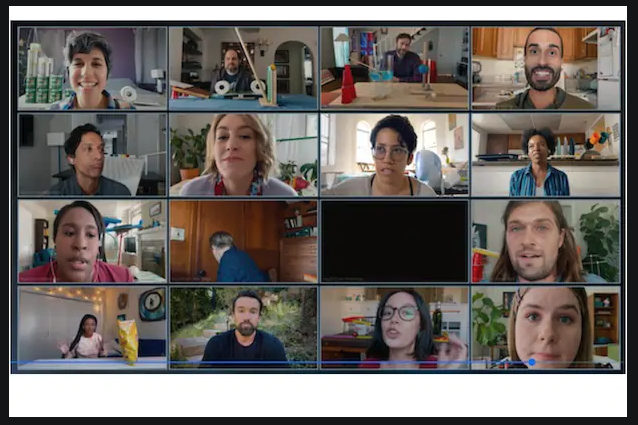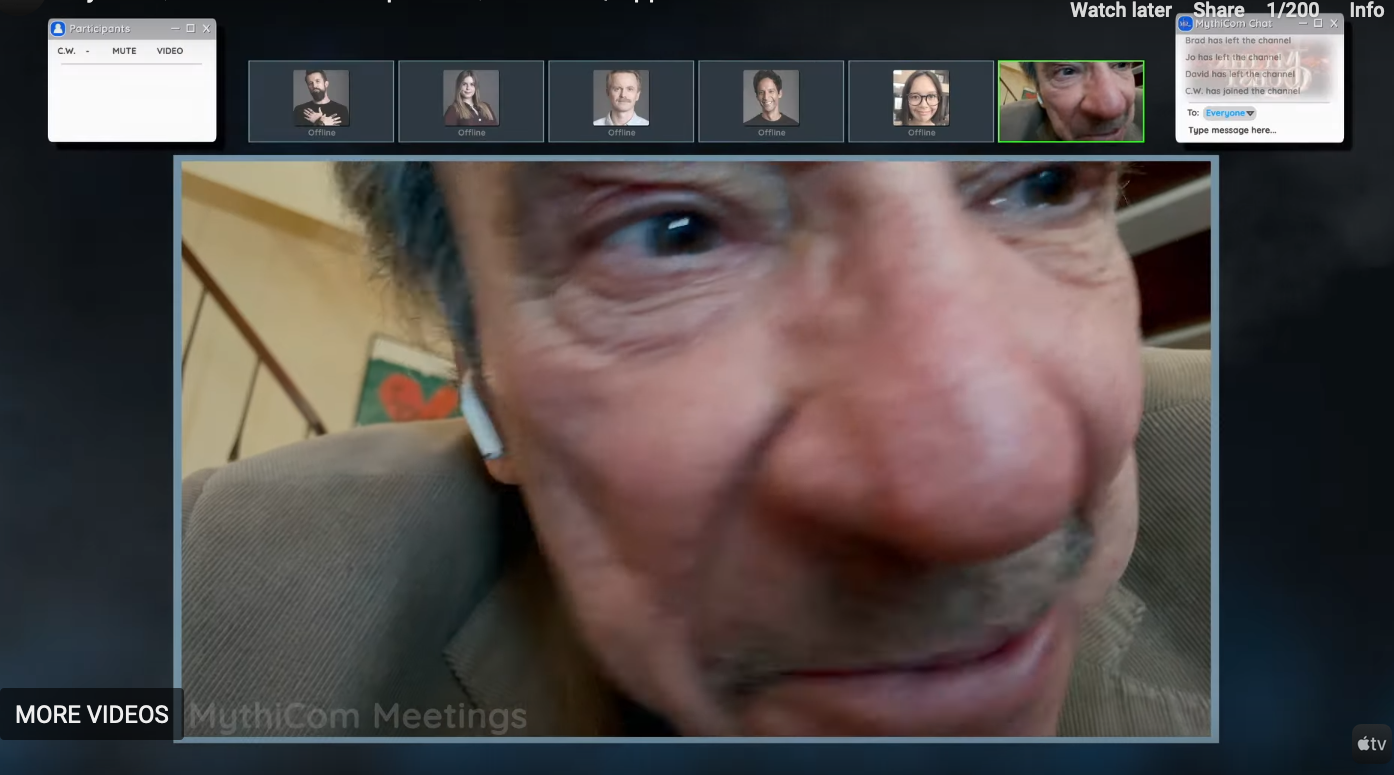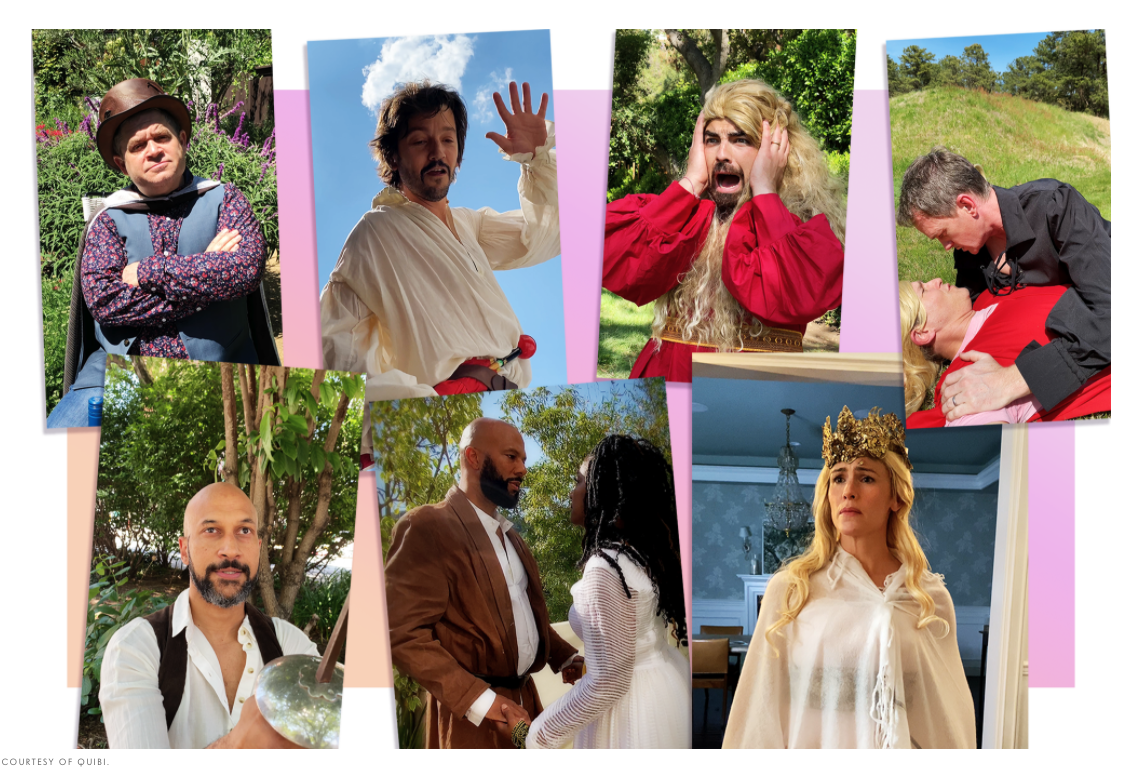
Human beings are amazing. A mere two weeks after the lockdown started, most people had adapted to a remote world. Kids were learning soccer on Zoom, personal trainers adapted, cooking and baking classes moved to zoom—but I really did not expect theater and filmmaking to adapt in this world.
But, adapt they did. Zoomtheater and Zoommovies are a thing now, 4 months into the pandemic—for example, Host is a horror movie, made on Zoom.
Are these pieces any good? Well, it depends — film, which is asynchronous (i.e. shot and edited before the viewer sees it), can be just as good. For theater, which is delivered in real time, the remote version is not as good as when the cast and crew are in the same location. But the ability to adapt, the ability to even try this, makes me optimistic.

For a polished spin on quarantine filming, look at Mythic Quest, which is on Apple TV. They were filming the second season when the pandemic shut things down. This article outlines what the crew and cast did to shoot a “pandemic” episode that is part of Season 1. They used iPhones with prosumer film software, mics, and shot in all natural light, since lighting is one of the harder parts of filmmaking. They then edited it together to make it look like it was shot on Zoom.
On the other hand, some of Princess Bride’s celebrity cast decided to make a fan fiction, and it’s very clear that it’s shot by non-professionals, embracing the reality of shooting in different locations, with no crew.
In a scene with Diego Luna and Jack Black, they create continuity from two different locations in amazing ways: Diego throws down a green rope tried to a tree in his house and Jack, who is lying on a set of stairs in his house, grabs a hose that is thrown down to him. Diego lifts, Jack clambers, until finally, Jack is back at the top of the mountain (stairs). It’s really well done!

This would never have been considered acceptable pre-pandemic, but with a new set of rules for the world, there’s a new set of expectations. All film-watching requires the “willing suspension of disbelief,” and for these pandemic-pictures (panpics?), the suspension of disbelief has to be extended. But they are so entertaining!
Theater, unlike film, is synchronous – everything is live. This makes it much harder to adapt to a remote environment. While in film, you can do an extreme close up to show the twitch of an eyebrow, theater acting is “bigger,” so that the person in the last row can have the same read of a scene as someone sitting in the front. So Zoomtheater and the innovations there are harder to adapt to the pandemic. But theater has adapted, too. And if the pandemic stretches out, theater will have to continue to adapt. Imagine if there was a plugin that:
- allows a lighting tech to set the stage by adding a virtual background and virtual lighting to make people seem like they’re in the same room, with the mood lighting the director wants.
- controls which person is “shown” to the audience during a live performance. That way, the tech can make sure the right face is shown at the right time.
- enables a “prop” tech to develop a unique, dynamic set and background for each actor and upload it behind them as the stage changes
- allows live mixing of the audio so that music can be woven in, like a play.
It’s entirely possible that this could happen. Because despite the insanity in the world around them, humans continue to create, continue to innovate, continue to live lives of hope and splendor. Constraints make them innovate in ways that they wouldn’t have thought to before.
The same is true for startups. Startups have to startup. And the first requirement of startupping is surviving. But the very best startups, like the best creators, use constraints to innovate and thrive, offering customers an unexpected, delightful solution that moves us all forward.